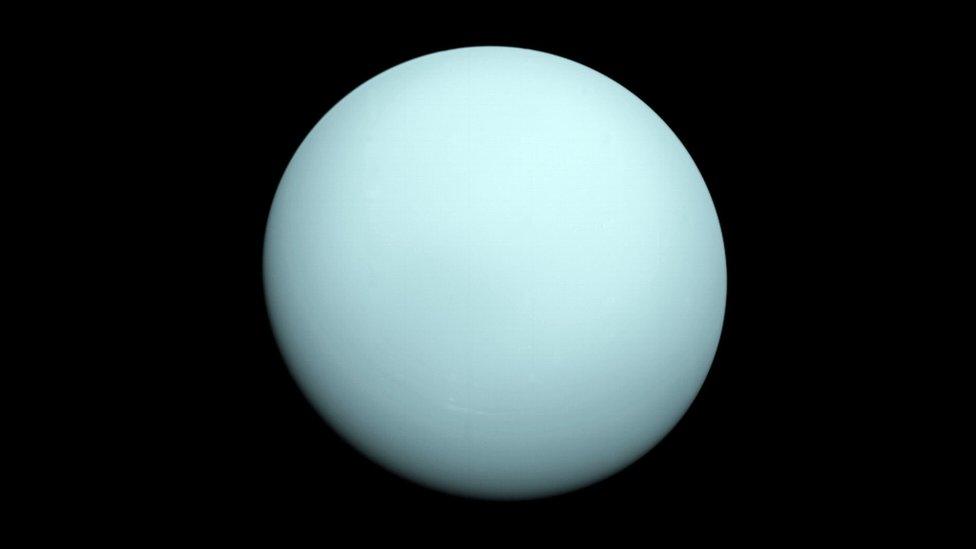Uranus: Scientists call for Nasa mission to Solar System's seventh planet
- Published
- comments
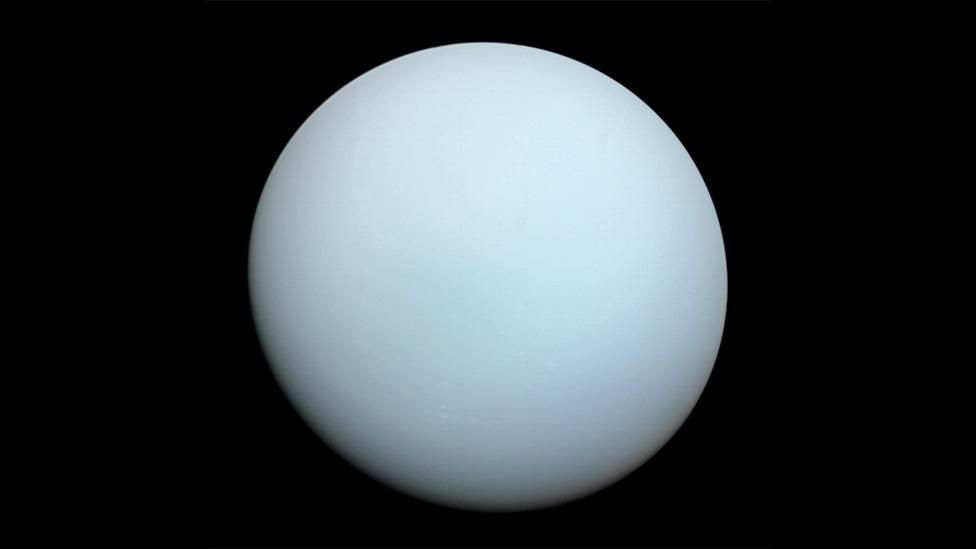
The Voyager-2 mission was the closest we've ever got to Uranus
A group of important scientists have said Nasa should make a mission to Uranus their priority.
Uranus - the "ice giant" - is the seventh planet in our Solar System, orbiting the Sun 19 times further out than the Earth.
It's only ever been visited once before, in a brief flyby by the Voyager-2 probe in 1986.
Researchers think an in-depth study of Uranus can help them better understand similarly sized objects that are now being discovered around other stars.
The call to study Uranus has been made in a special survey published by the US National Academies of Sciences, Engineering, and Medicine (NAS).
The survey sums up what the American scientists think are the big planetary science questions right now and the space missions required to answer them.
Why do scientists think Nasa should check out Uranus?
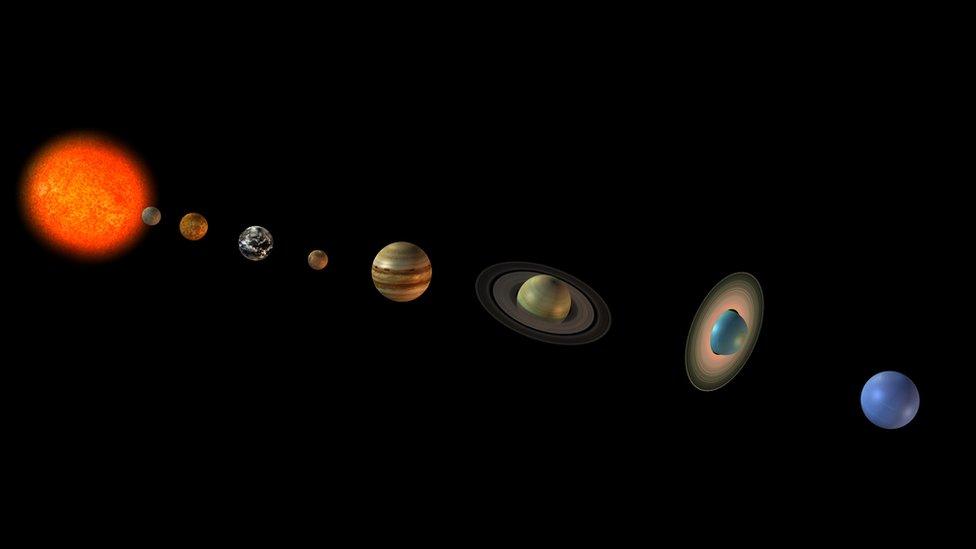
Uranus (pictured second from right) is the seventh planet from the Sun (pictured far left)
Specialists who study the outer planets in our Solar System have been campaigning for a return visit to either Uranus or Neptune for years.
They believe it will help scientists understand more about the formation of planets of a similar size to Uranus.
Professor Leigh Fletcher, from Leicester University, who contributed to the report, explains: "We think we understand how something gets as big as Jupiter, and we think we understand how something gets to be the size of Earth and Venus.
"But in the middle, in that kind of sweet spot between those end-members - we don't fully understand how a world can start to grow and grow and not just carry on to become Jupiter-mass in size. A mission to Uranus could help us answer that."
The average temperature on Uranus is about -195 degrees Celsius.
It was discovered by Sir William Herschel in 1781
The average distance from the Sun is 3 billion km
It circles the Sun once every 84 Earth years
Its diameter is four times that of our planet
Hydrogen and helium dominate the atmosphere
It has at least 13 rings and numerous moons
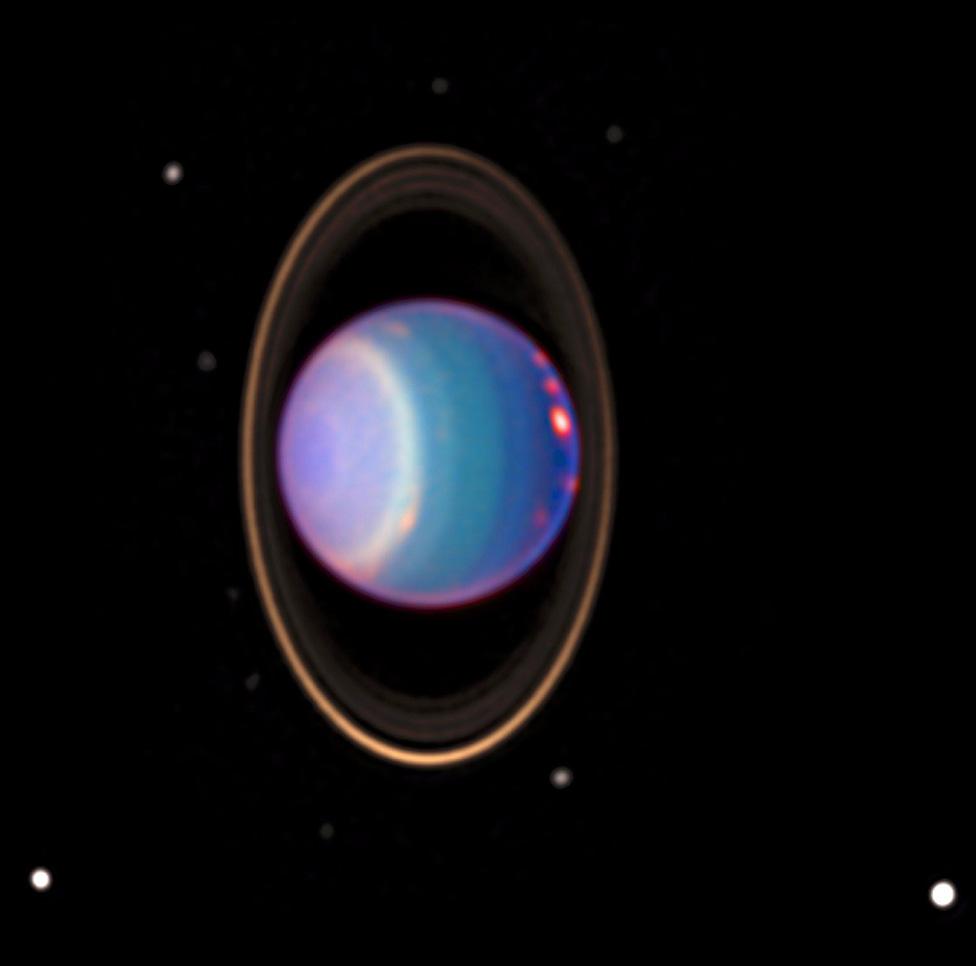
Uranus, photographed here by the Hubble Space Telescope, has at least 13 rings and numerous moons
Dr Robin Canup from the Southwest Research Institute in Boulder, Colorado USA, was part of the committee that made the report.
Dr Canup said an ice giant was a worthy target for Nasa and of all the potential candidates assessed, a mission to Uranus was already technically further developed.
"It was the only one to receive a low-medium rating for its risk," she explained.
"So because of that, we are extremely excited to recommend that the highest priority new flagship should be a Uranus orbiter and probe. This will be a fantastic multi-year mission with the probe dropping into the planet at the beginning of the mission, followed by an extended orbital tour investigating the satellites, their interiors, the magnetosphere, the rings, and the atmosphere.
"It is technically ready to start now. We recommend that it be initiated in financial year 2024."
Nasa has listened to the recommendations of National Academies surveys in the past.
The last report, published in 2011, had as its two top priorities a rock-collection mission to Mars, which became the Perseverance rover, now on the surface of the Red Planet; and a mission to Jupiter and its moon Europa, which is currently being prepared for launch in 2024. This is called the Europa Clipper spacecraft.
- Published20 June 2024
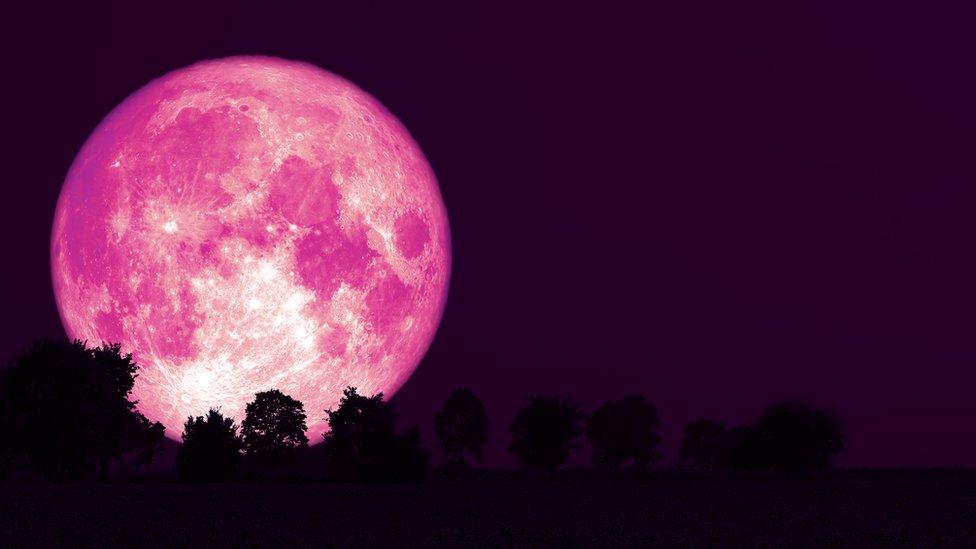
- Published15 January 2021
